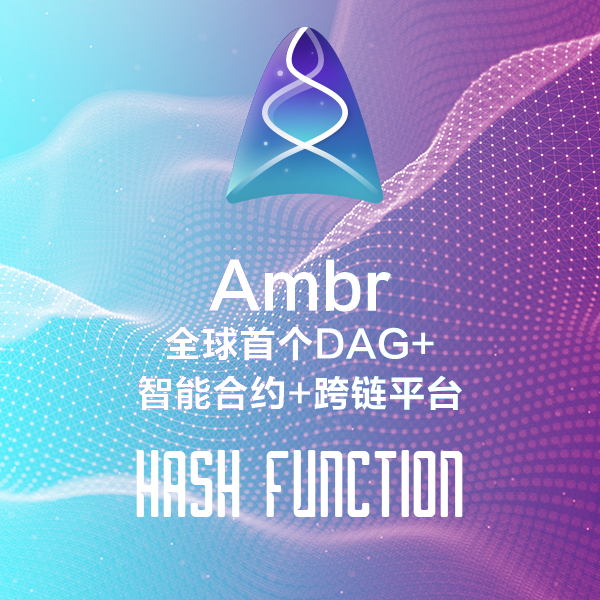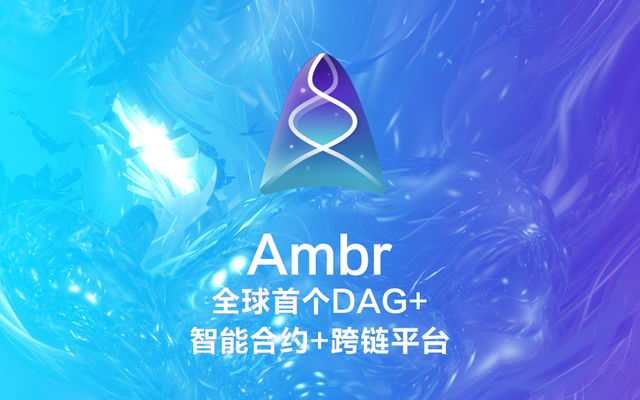AMBR Hash Function

A hash function is a way to create a small digital "fingerprint" using any kind of data. The hash function compresses the message into a header, making the amount of data much smaller and fixing the format. This function takes the data and recreates a fingerprint called hash values (hash codes, hash sums, or hashes). The hash value is usually represented by a string of short random letters and numbers. Good hash functions rarely have hash collisions in the input domain. In hash tables and data processing, not suppressing conflicts to distinguish data makes database records more difficult to find.
All trading units in the DAG architecture, called ordinary trading units, contain signatures, transactions, and parent hashes. In Ambr's verification chain global state machine, the state is a Merkle tree structure consisting of the account address and the corresponding state. A Merkle tree is a binary tree consisting of a root node, a set of intermediate nodes, and a set of leaf nodes. The bottom leaf node contains the stored data or its hash value, and each parent node (including the root) is the hash value of its two child nodes.

🔥Our Social Media Channels🔥
Twitter:
https://twitter.com/AmbrGlobal
Facebook:
https://www.facebook.com/Ambr.Global.Blockchain
GitHub:
https://github.com/Ambr-org/Ambr
SteemIT:
https://steemit.com/@ambr.global
Bitcointalk ANN:
https://bitcointalk.org/index.php?topic=5080890
Reddit:
https://www.reddit.com/user/AmbrGlobal
Instagram:
https://www.instagram.com/ambr.global
Medium:
https://medium.com/@ambr.global
Telegram:
https://t.me/AmbrGlobal2
Telegram Developers Community:
https://t.me/AmbrGlobal
(only for developers)